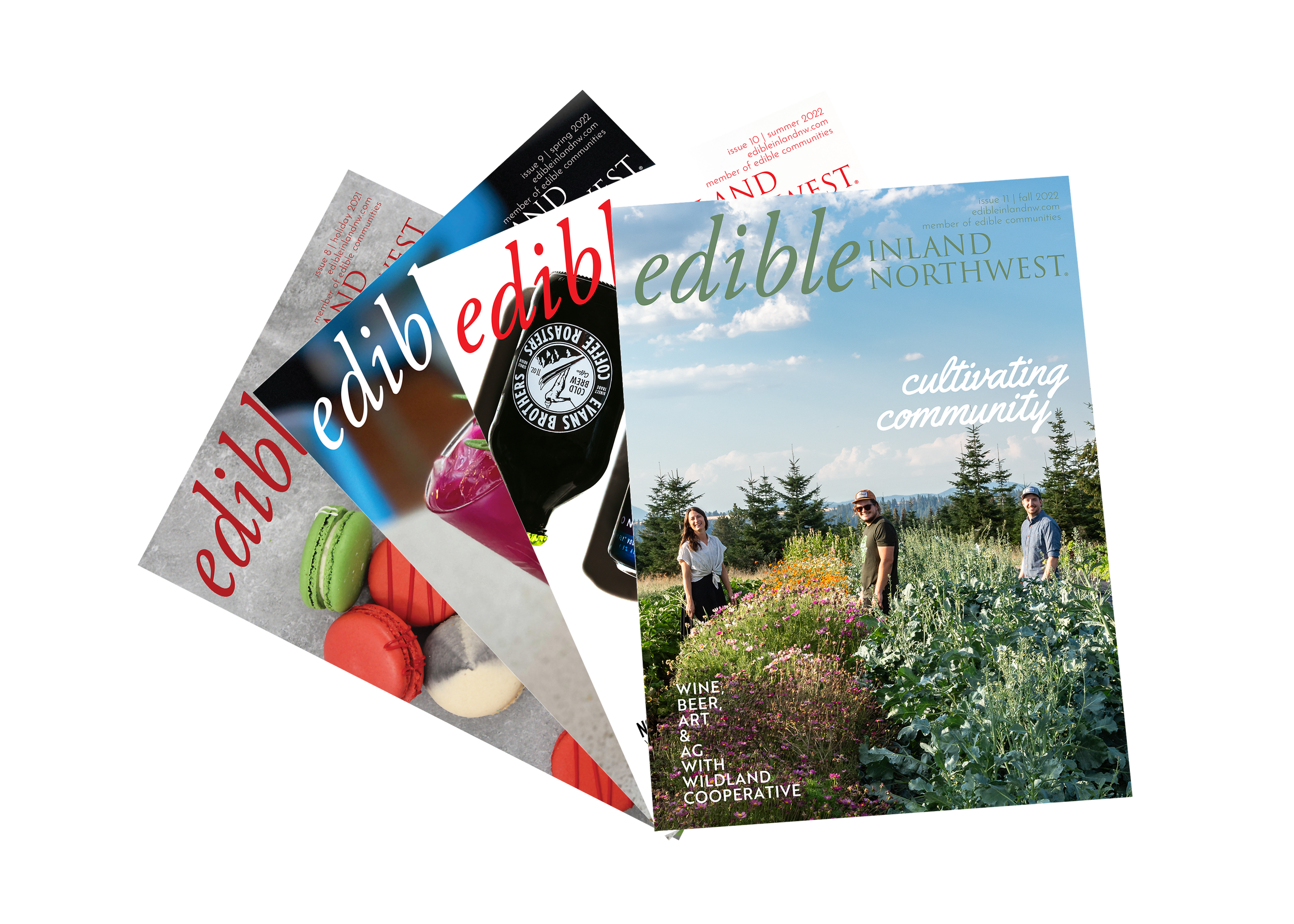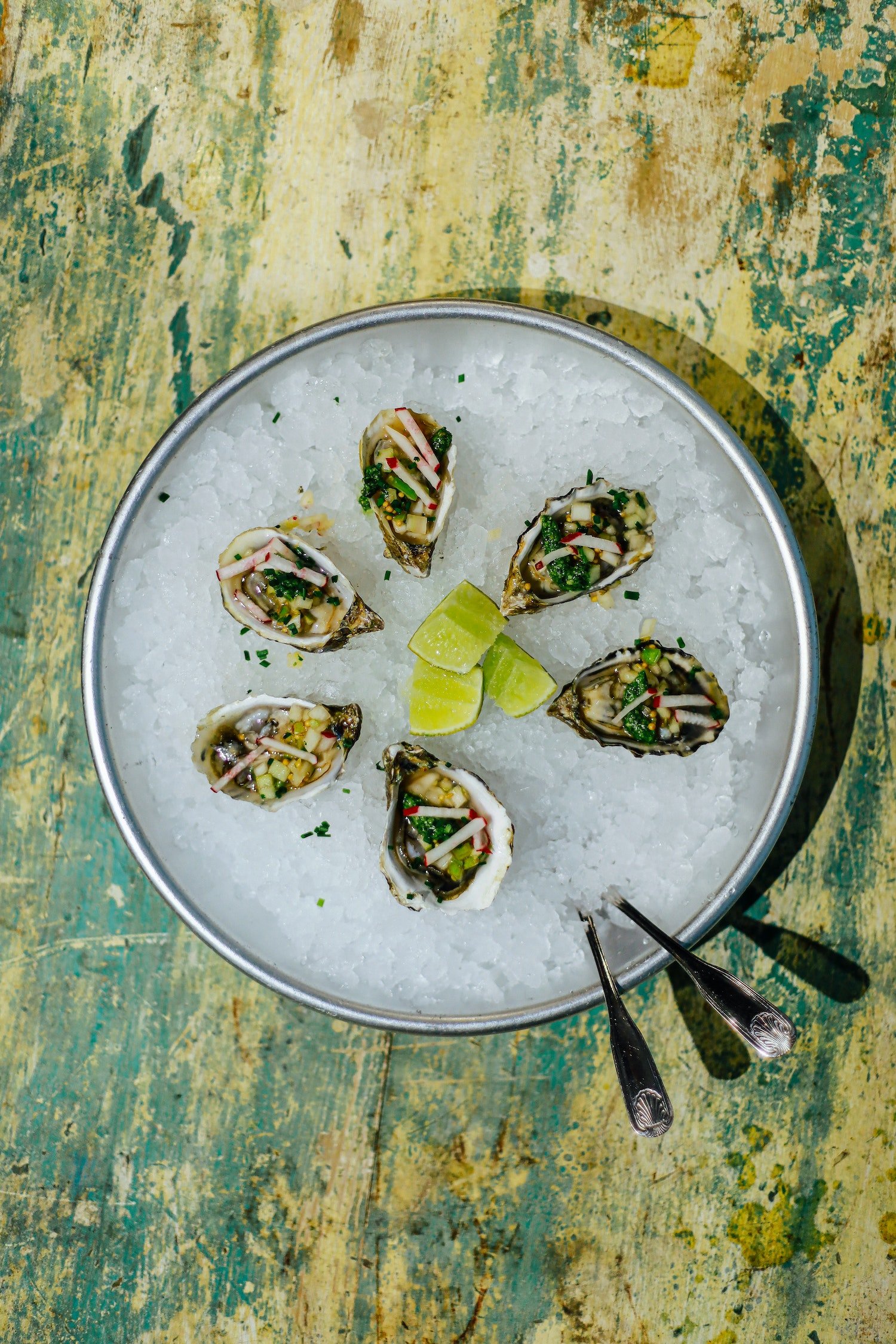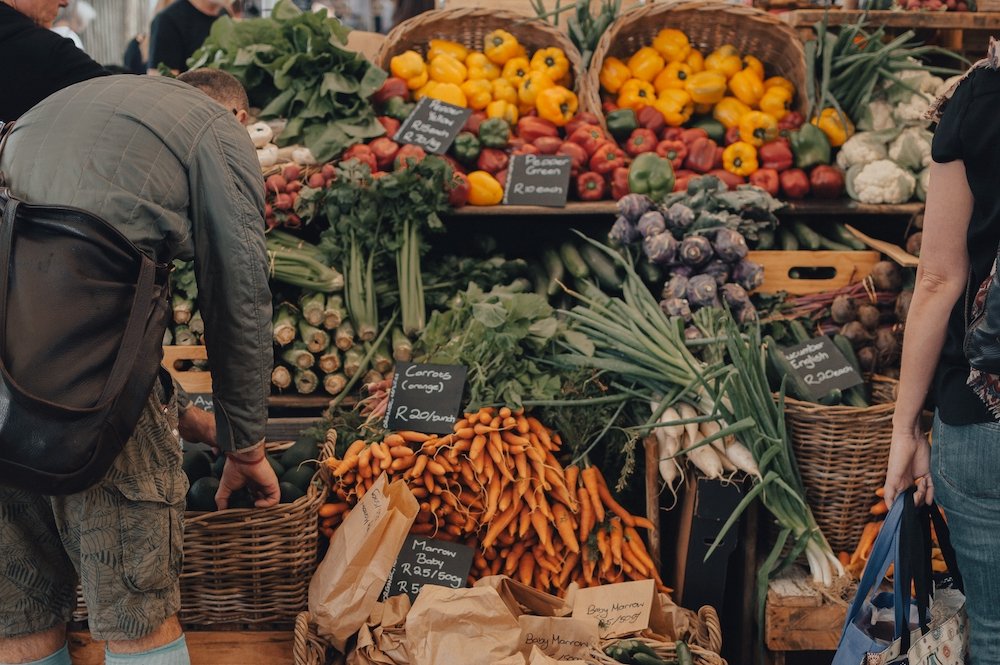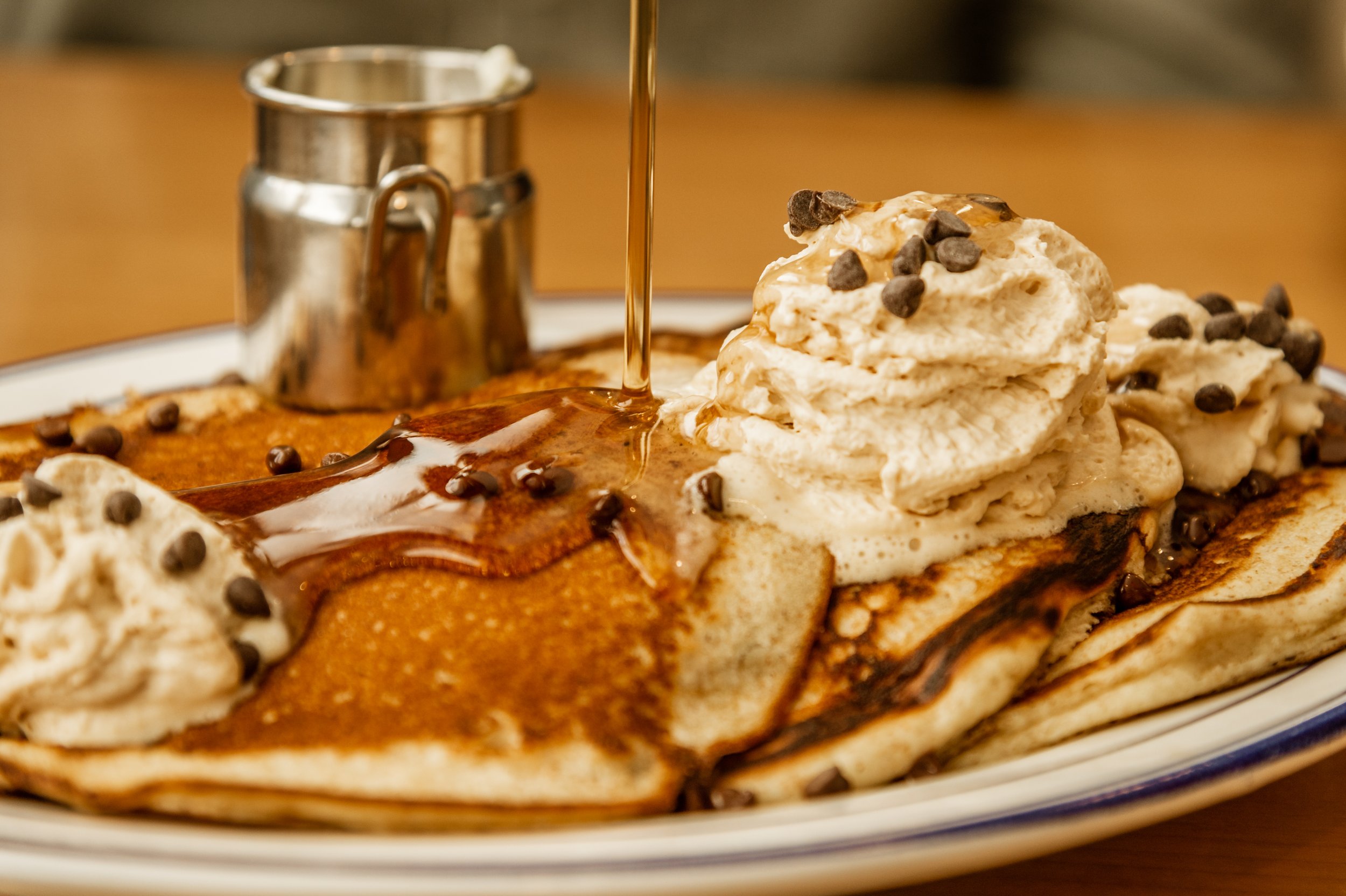Consume more local produce with whole food smoothies
Consume more local produce with whole food smoothies
BY MONIKA JACOBSON, REGISTERED DIETITIAN NUTRITIONIST, EAT MOVE THRIVE SPOKANEWhat’s in your smoothie? Fruit or berries? Vegetables? Nuts or seeds? Powders? Drops? Tinctures? So what’s the deal with smoothies? It’s confusing and the food/supplement/diet industry is hungry to spread plenty of misinformation so you’ll buy their products. I mean, how many magic elixirs are out there?? Insert eye roll. Let’s clear up the confusion and break it down.
Smoothies are a perfect vehicle for nutritional goodness. But it can be easy for smoothies, meant as a snack or meal, to become loaded with sugar, artificial sweeteners and plenty of ingredients you probably can’t pronounce. When a smoothie, meant to be “healthy”, becomes too caloric or chalked full of strange chemicals, I’d argue it becomes quite the opposite.
The most high-satiety (filling) smoothies will include some protein, healthy fat and complex carbs. The perfect trifecta! Having this combination will be satisfying and deliver you optimal nutrients. So how do we put this into practice?
Protein
First, pick your protein. We often think protein powders when looking for protein in a smoothie. However plain Greek yogurt or kefir are my personal favorites. For those who cannot eat dairy, believe it or not silken tofu makes a nice plant-based option. Protein powders serve a purpose but be aware of the ingredient list in your powders. If you don’t know what it is… then why?
Carbs
Next, add some healthy carbs. We need carbs! I’ll say it again. Add some carbs. This can be in the form of frozen fruit or berries and even veggies. Some of my favorite smoothie-friendly fruits and vegetables are bananas, mangoes, blueberries, strawberries, beets, spinach, kale, carrots, cucumber, apples and even pumpkin. Often smoothies are either sweetened up with artificial sweeteners or real added sugars. These really aren’t necessary for taste when you include fruit for sweetness. A frozen banana works wonders for flavor and texture in smoothies.
Fat
Finally, finish with healthy fat. When we eat enough fat in a meal or snack, we feel more full. Fat helps up absorb nutrients too. Like carbs, don’t forget a little healthy unsaturated fat. I like to use peanut butter, almond butter, cashew butter, avocado (fresh or even frozen), hemp hearts, chia seeds or even flavored omega 3 liquid oils.



































